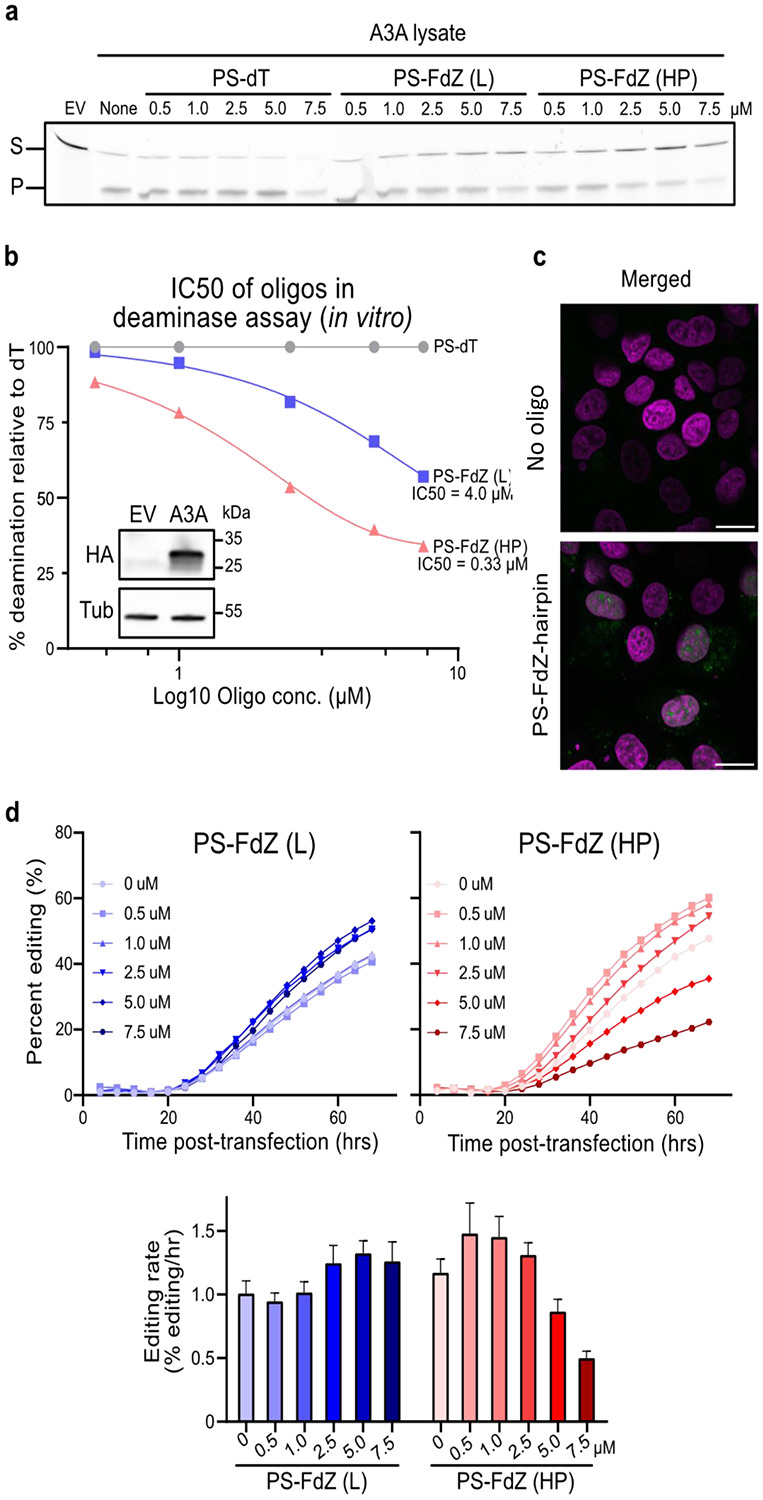Fig. 3: In cellulo properties of fluorescently tagged PS-TT(F)dZ-hairpin-FAM.

a, Concentration dependence of A3A activity in cell lysates in presence of PS-TTT-hairpin (denoted PS-dT), PS-TTFdZ-linear (denoted PS-FdZ (L)), and PS-TTFdZ-hairpin (denoted PS-FdZ (HP)). b, Bands from panel (a) were quantified, normalized to the dT oligo, and used to determine the IC50 for FdZ (L) and FdZ (HP). The inset panel is an immunoblot showing expression of A3A-HA from cell lysate. A3A-HA was detected by an anti-HA antibody while anti-tubulin was used as a loading control. c, Representative images of asynchronously-grown MCF-7 cells transfected using Xtreme GENE™ HP with either no hairpin (top panel) or 1.25 μM PS-TTFdZ-hairpin (bottom panel) with PS-linkages. MCF-7 cells were incubated for 16 hours with hairpin and Xtreme GENE™ HP. Images have the pseudo-coloured panels overlaid: nucleus (magenta) and oligo-FAM (green). Variability in hairpin uptake is attributed to cells being at different stages of their cycle. Scale bars, 20 μm. d, PS-TTFdZ-hairpin shows concentration-dependent inhibition of A3A-editing activity, whereas weakly binding linear PS-FdZ (L) and non-A3A-binding PS-TTT-hairpin have negligible effects on evolution of GFP fluorescence (Extended Data Fig. 8). Biological replicates, establishing reproducibility, are shown in Extended Data Fig. S8. Variability in plasmid transfection prevents averaging of results. The transfection reaction (TransIT-LT1), administered at constant concentrations across all in cellulo experiments in presence or absence of DNA species, appears to have a slight activating effect on A3A editing activity at low concentrations of both hairpin and linear DNA.
